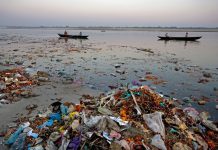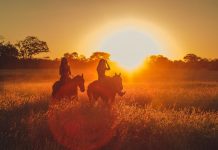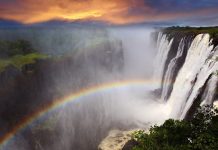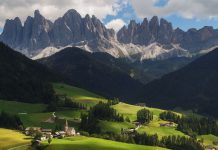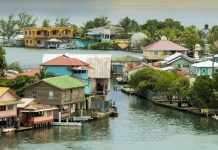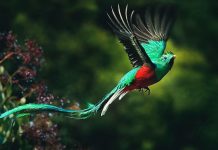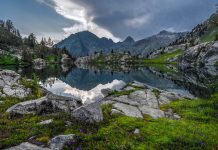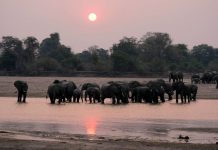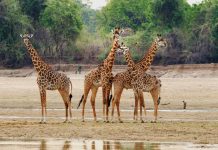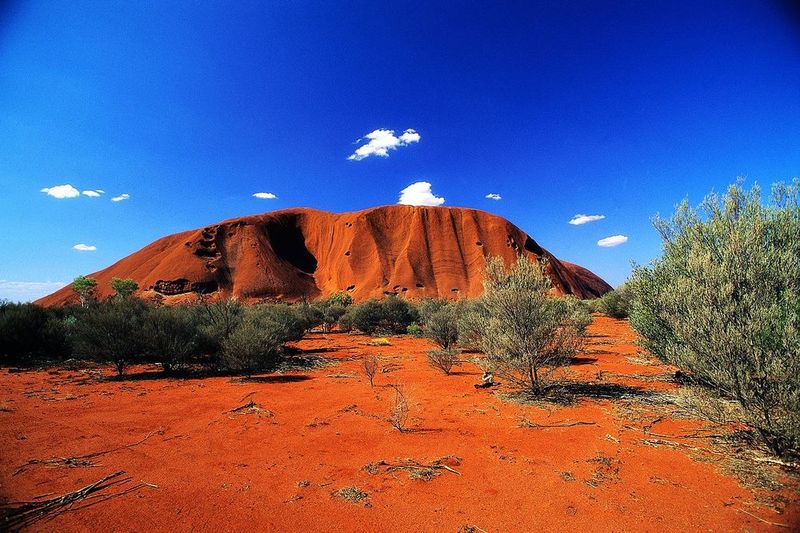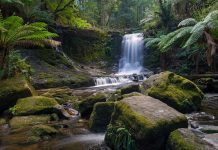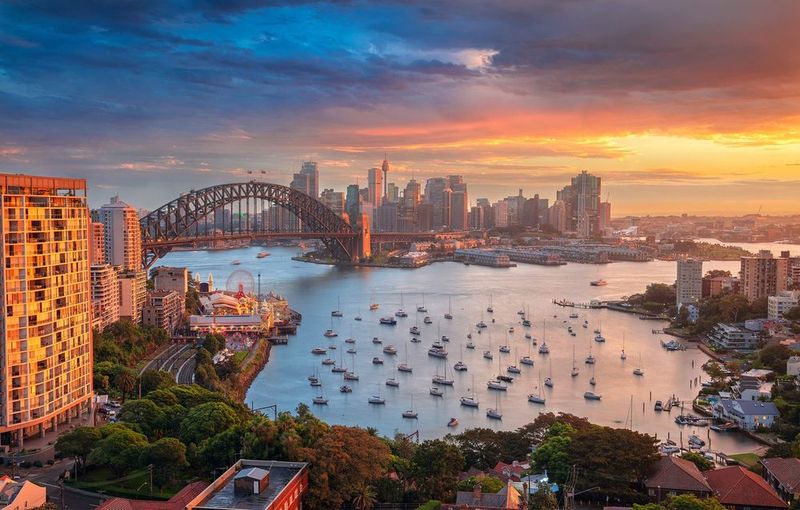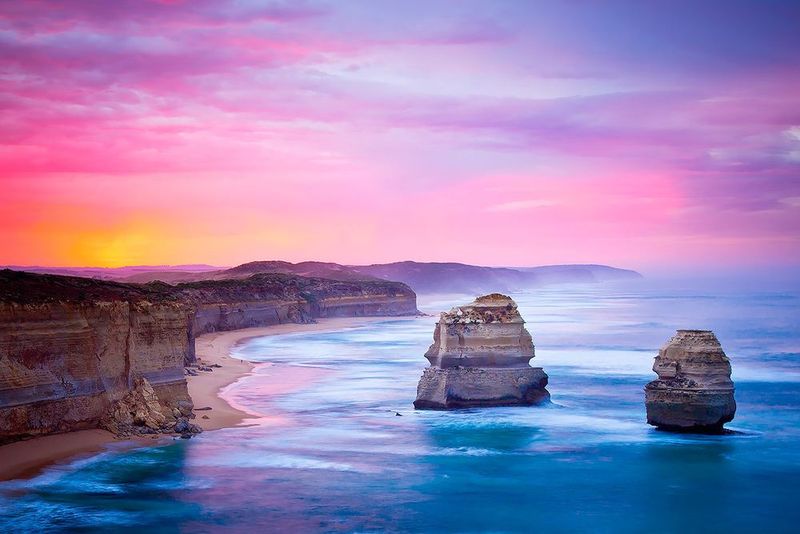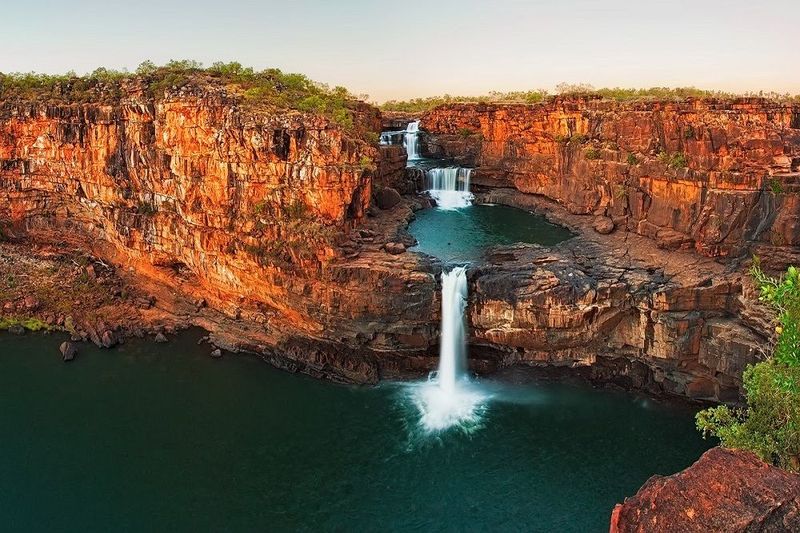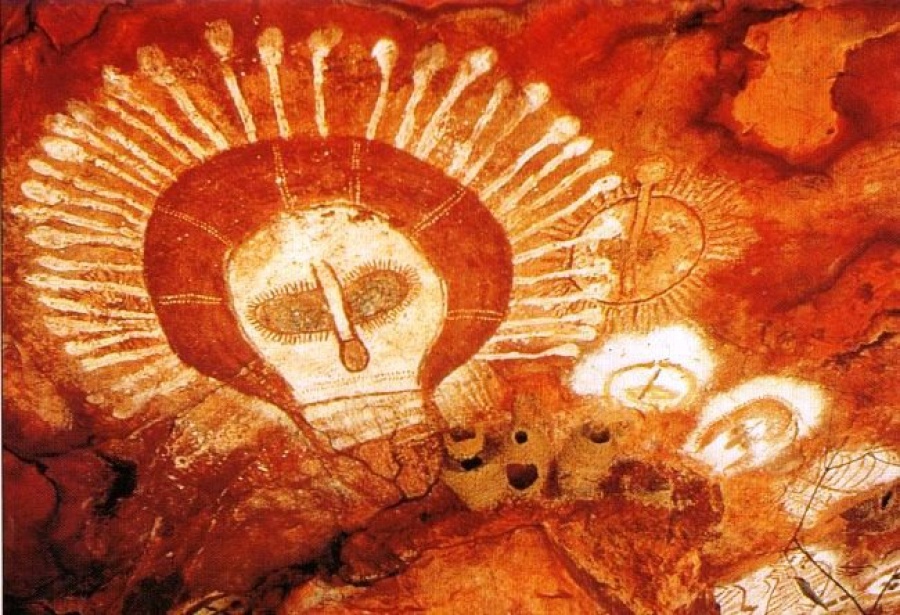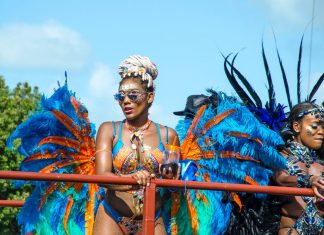Thematic excursions are quite suitable for most travelers to such a vast and geographically diverse country as Australia. Whatever your goal is – mastering a new kind of skill or exploring the environment – such an excursion can bring pleasant surprises. From a variety of instructors and guides, you can always make your choice. If you are coming to Australia from abroad, the best starting point for such trips are the local offices of the Australian Tourism Commission or your local travel agent. Upon arrival in the country, the Tourist Association of the state can give qualified advice, provide addresses of experienced companies and link them with local branches.
Bushwalking
National parks are without a doubt the best places to hike in the bush in Australia. Not only do they preserve the best of the country’s natural heritage, but they will always give qualified advice and indicate detailed routes. These parks are managed by the state administration, and each state has a central information service. View the heading “National Parks” in the government list at the beginning of the telephone directory.
Equipment, including backpacks, boots and tents, can be rented at special tourist shops. An organized tour is better than an independent bush trip, since the participants of the tour will receive a lot of information about flora and fauna from an experienced guide. The most impressive bushwalking regions are the Cradle Mountain in Tasmania, the McDonnell Range in the Northern Territory and the Blue Mountains in Southern Nsw.
Cycling trip
It is not surprising that Australia has become extremely popular as a place for long trips by bicycle: there is a well-developed network of long, almost empty and completely flat roads stretching beyond the horizon. Tourists can bring their own bicycles with them, but first you should find out if they can be taken on the plane. It is usually possible to carry bicycles in disassembled form on trains and buses. If you need to rent a bike in Australia, check out the category “Bicycles” in the “yellow pages”. Throughout Australia, a bicycle helmet is required when cycling, and it can be bought or rented cheaply.
The wine regions of South Australia, the Great Ocean Road in Victoria and almost all of Tasmania are amazing cycling routes.
Cycling Associations of Australia also arrange regular cycling tours, which everyone can join. They provide overnight accommodation, meals and bicycle replacements; many of the organizations are non-profit, so prices are mostly low. Cyclists, contact Bicycle New South Wales for a catalog of cycling publications in Australia. They also provide information regarding related associations in other states.
Extreme sports
Thorough preparation is an integral part of extreme sports in Australia, so beginners are always accompanied by more experienced adventurers. Contact the tour operators for information.
Rope climbing, canyon climbing, rock climbing, cave climbing – all this is popular in Australia. The Blue Mountains are something of a Mecca for enthusiasts of all of the above, Naracoorte in South Australia is a wonderful place to descend into caves, while Grampians National Park in Victoria attracts most rock climbing enthusiasts.
Golf
There are 1,450 golf courses and 1,580 golf clubs in Australia. Many clubs have joint membership with clubs in other countries and offer mutual membership rights. There are also public municipal golf courses in many cities.
Australian golf courses are of high quality, and Melbourne is home to two of the top 30 golf courses in the world: Melbourne Royal and Kingston Heath. A round of golf costs approximately AUD 20-250. For further information, contact the Australian Golf Union
Aboriginal Heritage Tours
Aboriginal heritage tours can range from visiting an Aboriginal art gallery to a few days spent with an Aboriginal guide in Arnhem Land or Kakadu National Park in the Northern Territory. With an overall high percentage of Aboriginal-owned land in the country, the Northern Territory offers the largest selection of such excursions. The topics of the excursions are very diverse and include, for example, traditional bush food, hunting, rock art and Aboriginal culture.
Perhaps the best aspect of many of these tours is the opportunity to see the wonderful Australian landscape from different perspectives; the spiritual world of the Aborigines is closely connected with the earth. In addition, some tours mean traveling to the most remote areas of Australia and trips to Aboriginal lands, which are usually closed to everyone except members of Aboriginal communities.
Camel travel
CAMELS have been an invaluable form of transport in remote regions of Australia since before the construction of the railway in the early 1840s, Afghan camel caravans were used to transport goods. Traveling with a camel caravan is still an adventure today. Food and overnight accommodation (usually camps) are provided by tour operators. Alice Springs is the most popular starting point for such excursions, but tours are held all over the country.
Air tours
Air tours are a good solution for travelers who have little time and who want to see as much as possible. Aerial safaris with stops at the main attractions are popular in sparsely populated regions. For charter flights to remote areas, such as Antarctica, contact Croydon Travel.
Fishing
There are approximately 4 million fishing enthusiasts in AUSTRALIA, and this is understandable if we take into account the natural features of the country. The vast expanses of the ocean, 12,000 km of coast and a large inland network of rivers – all this, combined with the stunning climate, makes Australia a haven for both local and visiting fishermen.
Baramundiundi fishing in the remote inland waters of the Northern Territory and sport fishing off the tropical coastline of Australia of species such as black marlin and tuna are among the most unforgettable fishing adventures in the world. You need to join a charter, as these activities require knowledge of local features. There are a large number of operators who will provide you with the necessary equipment.
The inland waters of Tasmania are famous for great trout fishing spots. Estuaries and beaches in southern states, such as the Floro Peninsula in South Australia, are full of species such as bream, salmon and flounder. Small boats are available for rent, and fishing accessories can be bought and rented on occasion at most popular fishing spots throughout the country. Each state has a Government department with a special fishing section. The staff provides information regarding locations, rules and security measures. Beware of weather changes and do not forget to be careful in dangerous places, especially near rocks.
Ecotourism
THIS RELATIVELY new tourism industry has its roots in such old activities as bird watching and wild flower spotting. It includes many of the activities mentioned in this section, but mostly it is the assessment and protection of natural heritage. Thanks to the inexhaustible generosity of Australian nature, many people are drawn to it for impressions, now the market is flooded with an amazing selection of excursions and nature-related activities.
This includes watching wild animals (including whales, birds and dolphins), hiking in nature, traveling in vans and raft expeditions to remote wild areas. Visitors can also stay at camp sites operating strictly along the “green” borders. They are environmentally friendly and are usually located in the precincts of the most valuable regions of the country from this point of view. The Ecotourism Association of Australia can provide information about special tour operators.
Water sports
Australia is one of the best places in the world for scuba diving, and the Great Barrier Reef is the center of the greatest activity of divers. Tourists can combine a vacation on the reef with a few days of study at one of the many wonderful schools in the area. There are opportunities for diving all over Australia, Leahy, but there are other popular places, including the islands of Rottnest and Esperance in Western Australia, as well as a beautiful World Heritage area – Lord Howe Island in New South Wales.
Canoeing in Australia can mean both a calm rowing on a city lake on a rented boat, and an exciting kayak adventure in a raging sea. This is quite an affordable sport, and it is widely distributed throughout the country. Popular places are Murray, Sydney Harbour and the rivers of publicly accessible national parks.
Raft travel (rafting) is another of the most favorite sports for foreign enthusiasts. Going down the river on a raft is an activity accessible to people with any physical data, and there are many opportunities to do it. Inexperienced tourists can embark on a simple sailing with an instructor for one day; experienced ones can take an exciting two-week trip to the mecca of rafters, the Franklin-Gordon River system in Tasmania.
The long stretch of pristine coastline, remote bays and harbors, tropical reefs and uninhabited islands make Australia a great place for sailing enthusiasts. Cruises with a professional captain are the most common type of recreation, but some tourists themselves tend to rent a ship and sail at their own risk. To do this, however, you will have to prove to the tour operator that you are an experienced sailor. It’s hard to resist the tropical splendor of Queensland’s Whitsunday Island as a parking spot. Other popular sailing areas include Pittwater in New South Wales and the Gold Coast in Queensland.
Ski
The ski season in Australia stretches from June to September. Skiing can be practiced in the Australian Alps, the mountains of New South Wales and at two small resorts in Tasmania. Ski resorts offer opportunities for winter sports, but the slopes can be crowded during school holidays and weekends.
The mountainous areas around these resorts are great for skiing. Going down a small slope and round peaks, skiers can see the rare Alpine flora and fauna of Australia and admire the picturesque landscape.


